Understanding Soundstages and Their Varied Roles
What is a Soundstage?
A soundstage is a large, acoustically treated studio space designed primarily for film and television production. It is a versatile environment that can be manipulated to create a wide range of settings and atmospheres. Soundstages are essential for capturing high-quality audio and visuals, providing a controlled environment where filmmakers can bring their creative visions to life without the unpredictability of outdoor elements.
The Versatility of Soundstages
Soundstages are equipped with advanced lighting rigs, soundproofing, and often green or blue screens for special effects. These features make them ideal for a variety of production needs, from filming complex scenes to recording dialogue and sound effects. The flexibility of a soundstage allows filmmakers to construct elaborate sets and control every aspect of the filming process, ensuring consistency and precision.
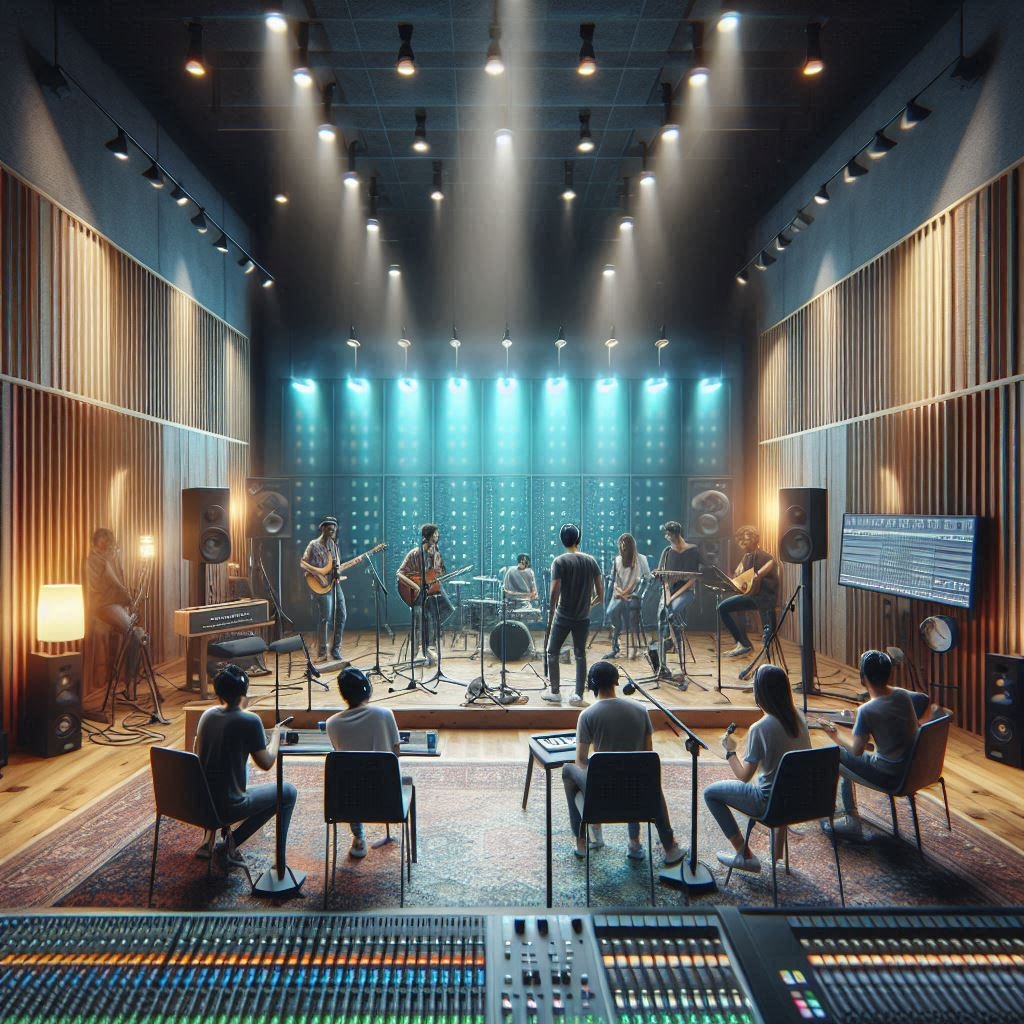
Creating Immersive Worlds
One of the key advantages of a soundstage is its ability to create immersive and fantastical worlds. By using set design, lighting, and special effects, filmmakers can transport audiences to different times, places, and dimensions. This controlled environment enables seamless integration of practical effects with digital enhancements, resulting in visually stunning and immersive experiences.
Soundstages in Recording
Soundstages are not limited to film and television production; they also play a crucial role in music recording. Recording artists and bands often use soundstages to capture live performances or to record music videos. The acoustically treated space ensures high-quality audio capture, free from external noise and interference.
Live Recording Sessions
For live recording sessions, soundstages provide the perfect blend of space and acoustics. Musicians can perform together in a controlled environment, allowing for optimal sound quality and the ability to capture the nuances of live performance. This setup is particularly beneficial for orchestras, choirs, and large ensembles that require ample space and specific acoustic conditions.
Soundstages in Production
In the realm of production, soundstages are the backbone of creating visually and acoustically perfect scenes. The controlled environment allows directors to focus on the creative aspects of storytelling without worrying about external variables such as weather, ambient noise, or lighting conditions. This consistency is crucial for maintaining continuity and achieving the desired aesthetic.
Set Design and Construction
Soundstages offer the flexibility to build intricate and detailed sets that can be customized for each production. Set designers and construction teams can create everything from urban cityscapes to fantastical realms, all within the confines of a soundstage. This controlled environment ensures that every element of the set can be manipulated to achieve the perfect look and feel.
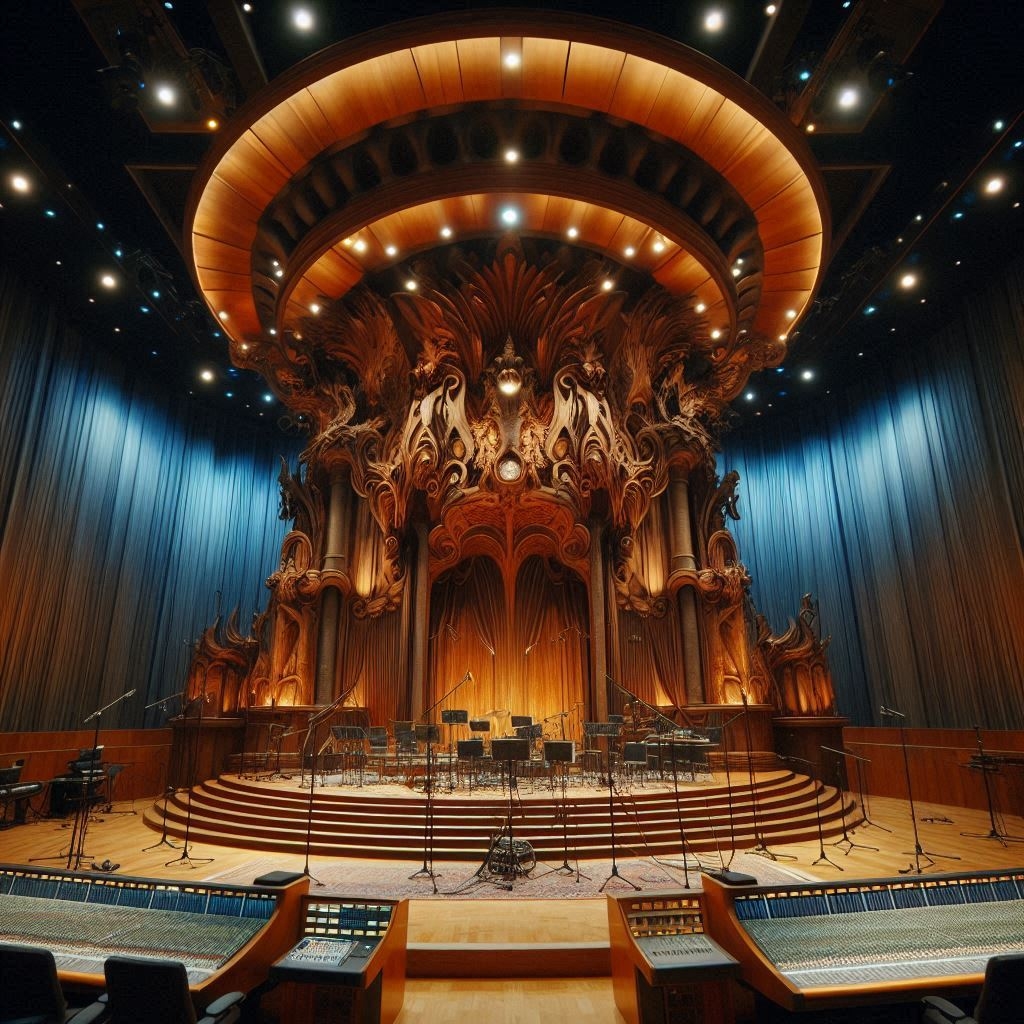
Soundstages in Live Performance
While soundstages are primarily associated with recording and production, they also play a role in live performances. Concerts, theater productions, and other live events can benefit from the acoustics and controlled environment of a soundstage. This setup allows performers to deliver their best without the unpredictability of outdoor venues.
Streaming and Broadcasting
In recent years, the use of soundstages for live streaming and broadcasting has become increasingly popular. Artists and performers can reach a global audience by streaming their shows from a soundstage, ensuring high-quality audio and visuals. This approach provides a professional and polished presentation that enhances the audience’s viewing experience.
Differences Between Recording, Production, and Live Performance
Purpose and Function
Recording
In recording, the primary focus is on capturing high-quality audio and visuals. Soundstages provide the ideal environment for achieving pristine sound and clear visuals, free from external disturbances.
Production
For film and television production, soundstages offer a controlled space where sets can be constructed, and scenes can be filmed with precision. The versatility and flexibility of a soundstage make it an essential tool for filmmakers.
Live Performance
In live performance, soundstages offer the benefits of acoustics and controlled conditions. This setup ensures that performers can deliver their best while providing a professional and immersive experience for the audience.
Technical Requirements
Recording
Requires advanced audio equipment, soundproofing, and acoustically treated spaces to capture high-quality sound.
Production
Involves set construction, lighting rigs, special effects, and soundproofing to create a controlled and consistent filming environment.
Live Performance
Combines elements of recording and production, with a focus on acoustics, lighting, and stage setup to enhance the live experience.
Innovations in Soundstage Technology
Virtual Production
The advent of virtual production has revolutionized the use of soundstages. By combining real-time computer graphics, LED screens, and motion capture technology, filmmakers can create dynamic virtual environments. This innovation allows for greater flexibility and creativity, enabling filmmakers to visualize and interact with digital sets in real time.
Benefits of Virtual Production
Virtual production reduces the need for extensive post-production work and location shoots, saving time and costs. It also provides an immersive experience for actors, who can interact with the digital environment during filming, resulting in more natural performances.
Acoustic Treatment and Soundproofing
Advanced acoustic treatment and soundproofing techniques are essential for achieving optimal sound quality in a soundstage. Materials such as acoustic panels, diffusers, and bass traps are used to control sound reflections, reduce echo, and minimize external noise interference.
Custom Acoustic Solutions
Each soundstage may require custom acoustic solutions based on its size, shape, and intended use. Acoustic engineers work closely with production teams to design and implement these solutions, ensuring the best possible sound quality for recording, production, and live performance.
Historical Significance of Soundstages
Evolution of Filmmaking
Soundstages have played a pivotal role in the evolution of filmmaking. From the early days of silent films to the advent of talkies and modern digital cinema, soundstages have provided a controlled environment for filmmakers to experiment and innovate. Their use has shaped the development of film techniques and technologies over the decades.
Iconic Productions
Many iconic films and television shows have been produced on soundstages, contributing to their historical significance. These productions have left a lasting impact on popular culture and continue to inspire new generations of filmmakers and audiences.
Economic Impact of Soundstages
Soundstages are a critical component of the entertainment industry, contributing significantly to local and national economies. They create jobs for a wide range of professionals, including set designers, sound engineers, lighting technicians, and production crews.
Boosting Local Economies
Soundstages attract productions to specific regions, boosting local economies through job creation, tourism, and related industries. Cities with well-established soundstages often become hubs for film and television production, fostering a vibrant creative community.

Sustainability in Soundstage Design
Green Building Practices
As sustainability becomes a priority in all industries, soundstages are increasingly being designed with green building practices in mind. This includes using energy-efficient lighting, sustainable materials, and implementing waste reduction strategies.
Renewable Energy Sources
Many modern soundstages are incorporating renewable energy sources, such as solar panels and wind turbines, to reduce their environmental footprint. These initiatives contribute to the overall sustainability of the entertainment industry and set a positive example for other sectors.
Conclusion
Soundstages are versatile and essential spaces that cater to a wide range of creative needs, from recording and production to live performance. Their controlled environment allows for precision and consistency, making them invaluable tools for artists, filmmakers, and performers alike. By understanding the unique roles and functions of soundstages, we can better appreciate their contribution to the world of entertainment and the magic they help create.
Join the Discussion
Have you had any experiences working in a soundstage, or do you have a favorite film or performance that was brought to life in one?

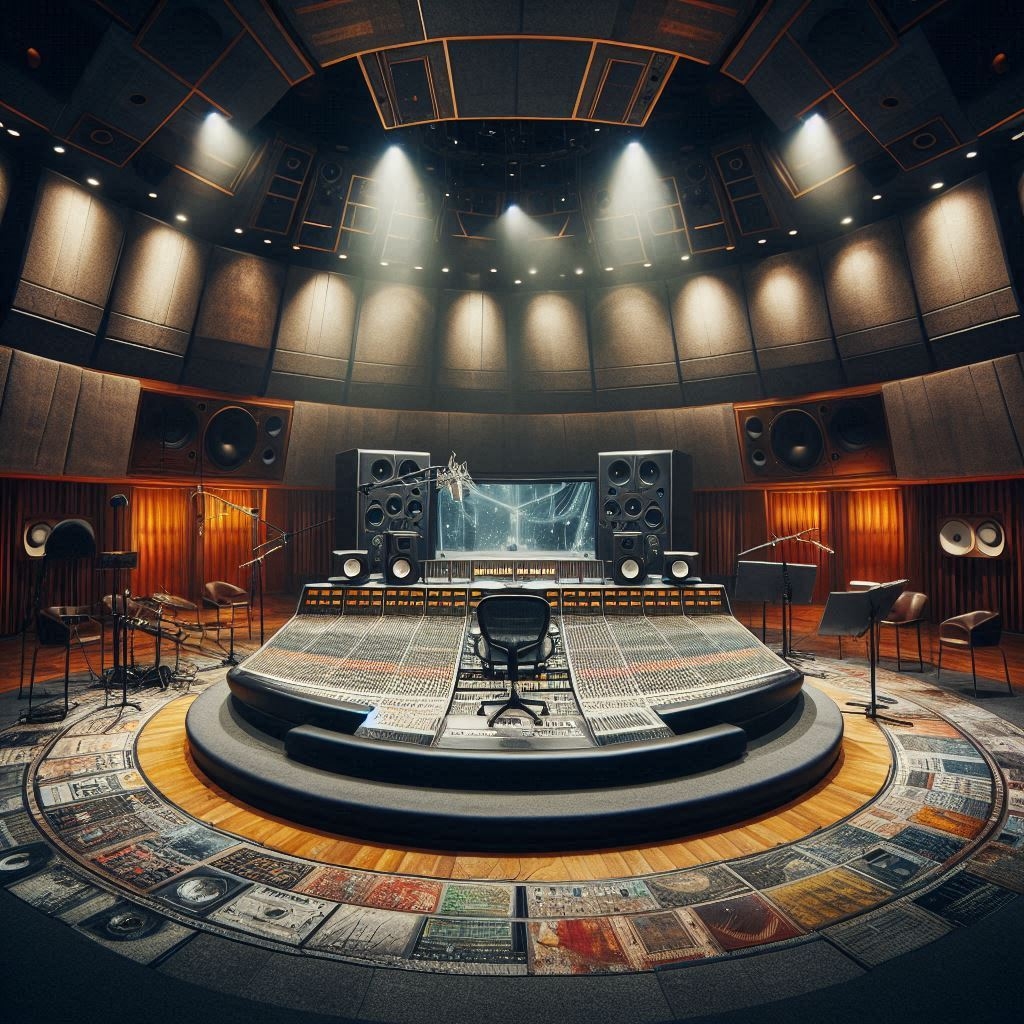




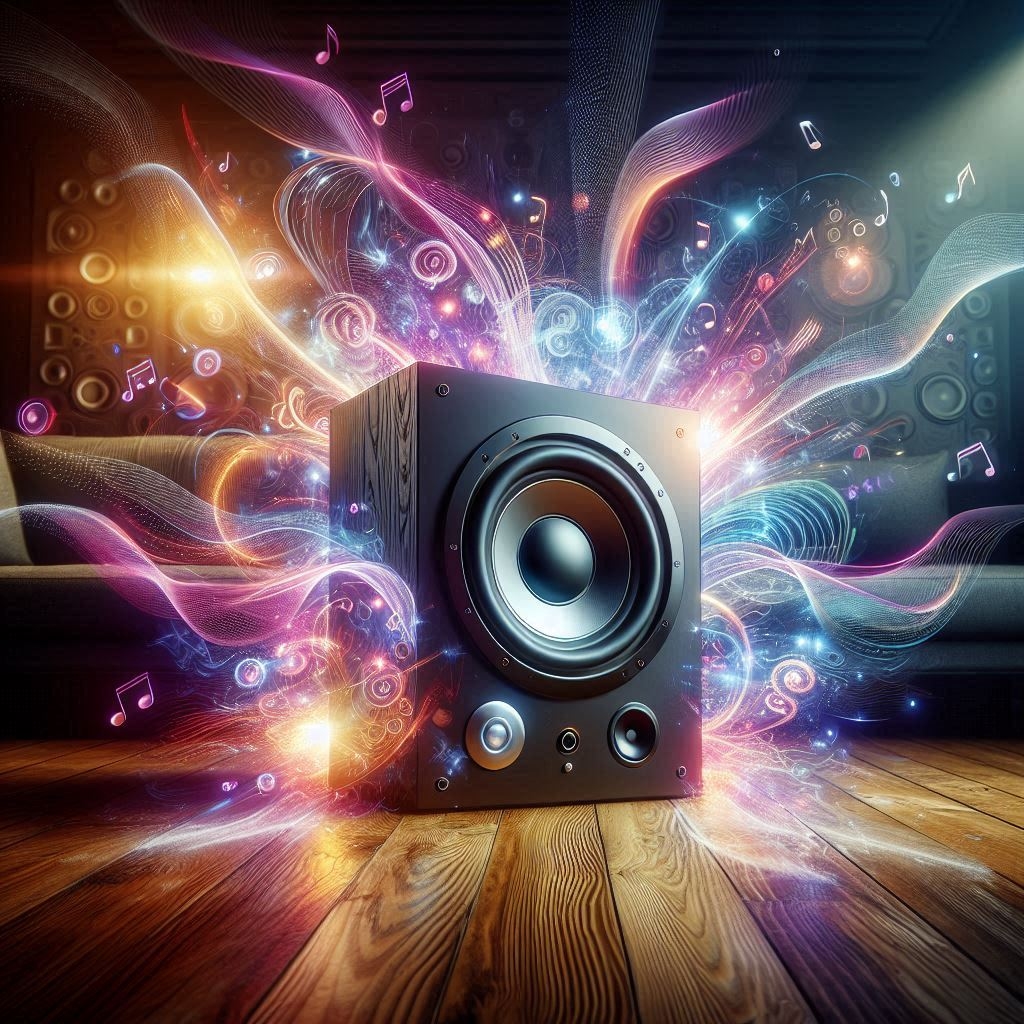


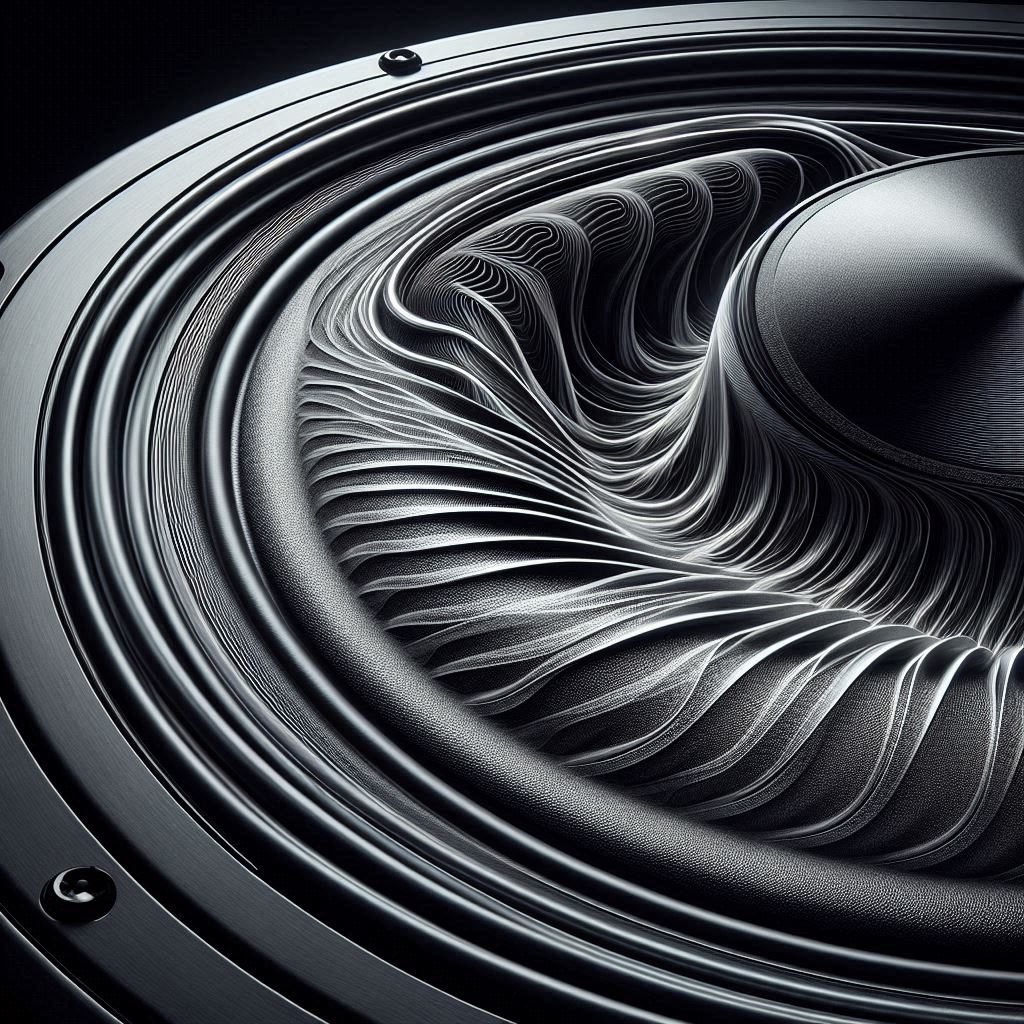

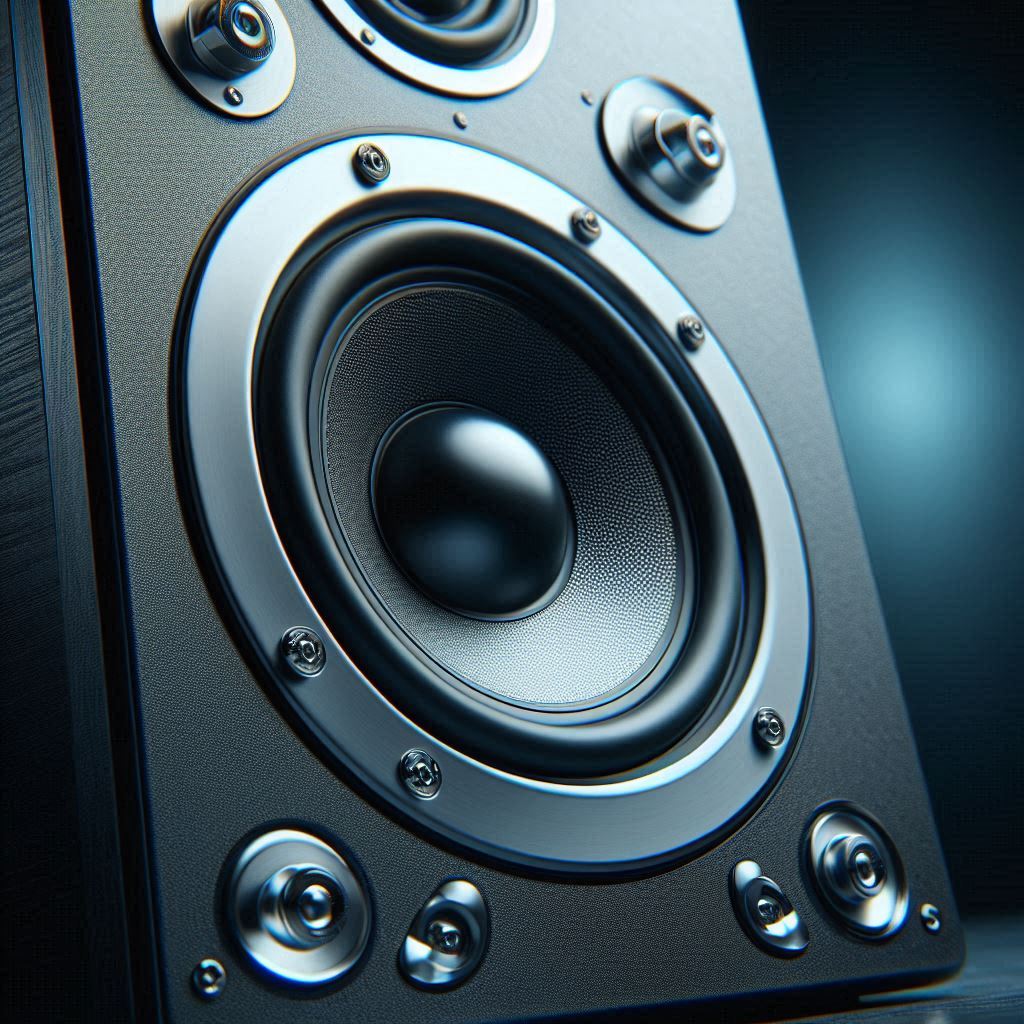


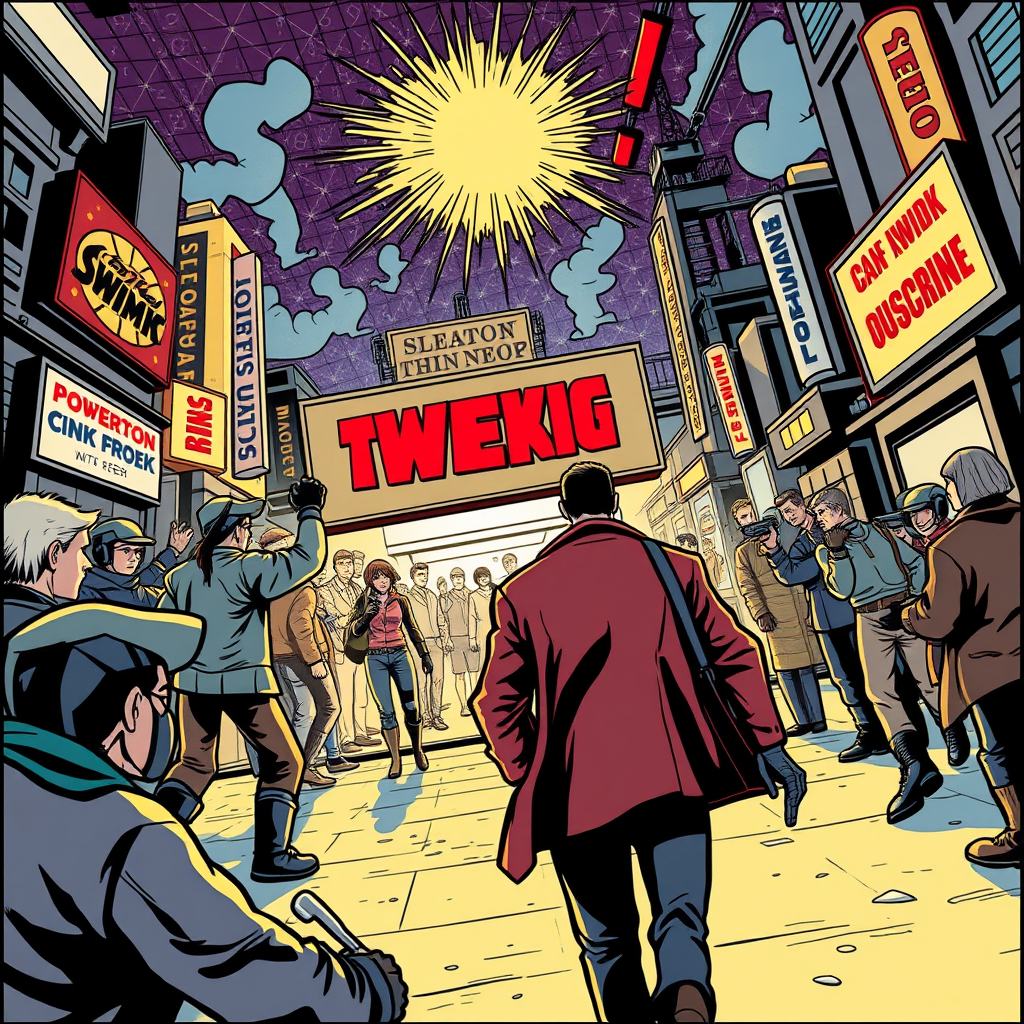
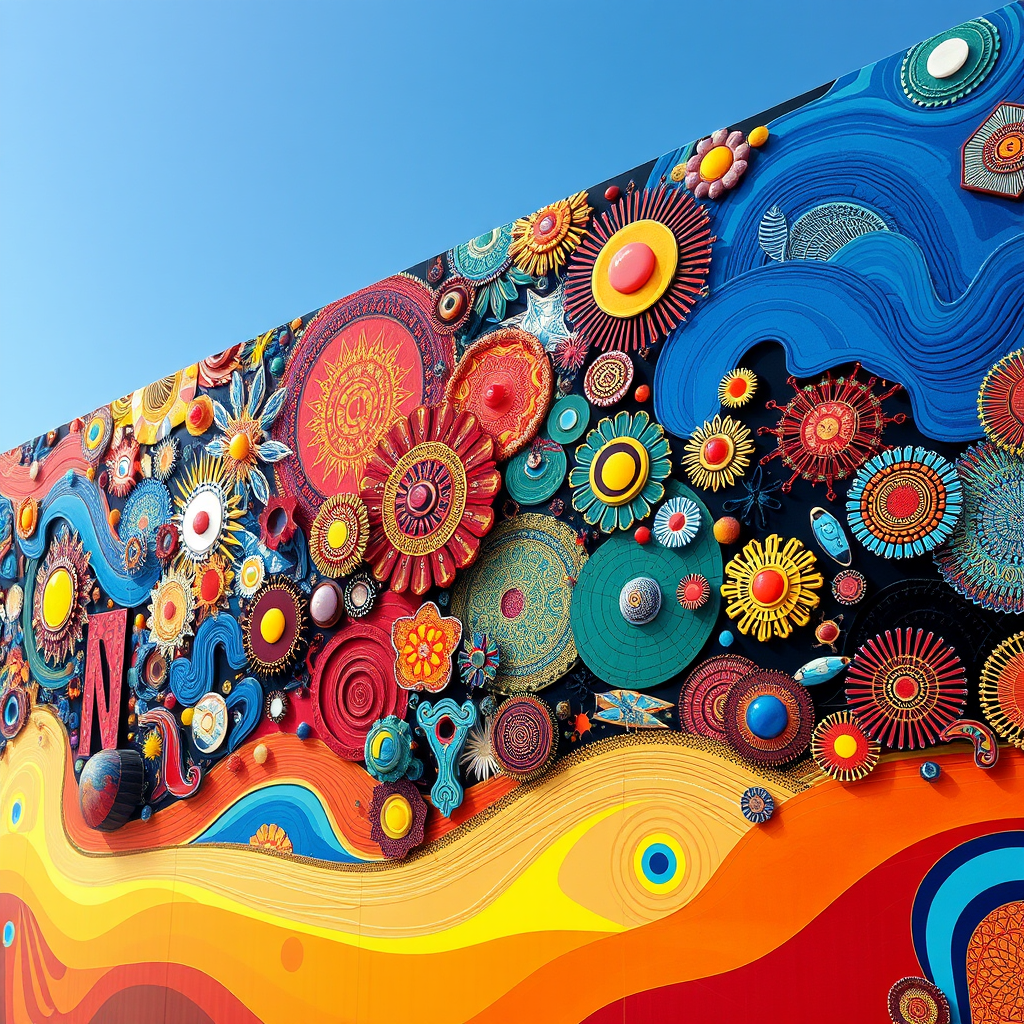
Johnson
I’m really impressed together with your writing talents as well
as with the layout to your blog. Is that this a paid subject or did you
modify it yourself? Either way keep up the excellent high quality writing, it’s uncommon to peer a nice blog like this
one nowadays. Snipfeed!